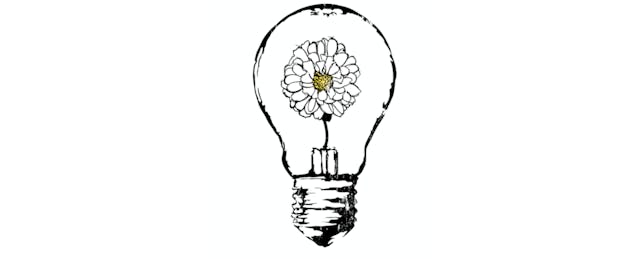“Do you have some examples of questions to ask students for feedback?”
“What are some ways to gauge students about their sense of belonging in the course?”
Faculty often ask me a version of these questions, seeking ideas about how they can informally get students’ own perspectives on their learning and experience in a college course. This fall, I was asked these questions more than ever before.
During the frantic weeks when my school, a community college outside of Chicago, switched to across-the-board remote learning in March 2020, many professors and staff recognized that we needed to immediately gather information. The institution contacted students, and individual instructors put together quick surveys that asked about access to the internet and home computers. Students were asked about their work and family schedules. Questions like “What concerns do you have?” and “What would you like me (your instructor) to know as we prepare to finish our class outside of our regular class environment?” were common.
As curriculum was re-thought and campus offices re-imagined, there was an acute focus on discerning students’ primary learning needs as well as their basic life needs. As the weeks turned into months and the months into semesters and full academic years, these inquiries continued.
I consider it a positive sign that colleges sought to learn about their students’ foundational learning and life needs to inform where to spend energy and other resources. But to really serve students’ needs as higher education evolves after the pandemic, institutions and individual faculty must continue to build genuine questions into their educational processes and directly engage students about their evolving learning experience.
Staying in Inquiry Mode
Coming out of the health crisis, college students need instructors and institutions to continue to ask about their learning experiences and their needs. And, importantly, we need to actually wait to hear the answers.
I realize that seeking student input is nothing new or earth-shattering. Thankfully, early course questionnaires and intermittent, instructor-created feedback and formative assessment tools (including Angelo’s and Cross’s oft-cited CATS) are routine for many instructors.
Still, making sure to methodically do what we can to ask students about their learning and their lives remains crucial and perhaps even more significant than ever before. Though course schedules have less week-to-week turbulence than they did two years ago, many challenges remain. Life for many students remains volatile. Teachers are working within what are still unfamiliar modalities (hybrid, HyFlex and increasingly, flipped classes). And instructors continue to relinquish dead-weight approaches and content that they shed during remote teaching and haven’t found worth re-incorporating.
Faculty seeking ideas for how to solicit input from students about their learning and about their needs should consider a few key strategies.
- Ask students about their needs and interests early (within the first two weeks of class) and about their learning and experience in the class regularly (such as following major assignments).
- Keep questions about learning experience simple and open-ended, when possible. For instance, the “start, stop, continue” method (What in the course should we start doing? Stop doing? Continue doing?) can be an effective structure.
- When adjustments are made to the course (pacing, policies, etc.) as a result of student input, tell them so. Doing so can go a long way to letting students know that their input is valued and necessary.
Intermittent student surveys and formative assessment aren’t the only opportunities to channel this renewed interest. Outcomes assessment, for instance, is an avenue for faculty to work through department questions and confirm or challenge assumptions. Recently at my institution, this has included outcomes assessment being a means to learn about trends in student withdrawals and the relationships between assignment success and engagement with campus support offices. It’s crucial that making inquiries and discussing what’s received be built into our regular processes.
Creating a Culture of Inquiry
It’s important to qualify these claims about student input. For one, students are not always equipped to articulate what is and isn’t helpful for their learning. Many may not yet have the vocabulary or self-awareness to explain what has and hasn’t supported their learning. And many of the students we most need to hear from won’t be in attendance to give their feedback in the first place.
Further, when faculty consistently ask students questions about their holistic well-being and when students increasingly volunteer sensitive information, faculty face the pressure of having to be all things to all students, from teacher to life coach to social worker. At the same time that more and more faculty have sought students’ input to shape instruction, many teachers and student-support staff have noted another trend: students sharing more vulnerable details, more frequently than ever before. Among other parts of life upended by the pandemic, many students’ personal lives became more public as they asked for assignment extensions because they’d recently lost access to child care or had become the caretaker for a family member or had lost their job.
And perhaps this is why it’s imperative to build what may be called a “culture of inquiry.” In addition to individual instructors asking questions of their students in the classroom, educators across the institution must discern students’ needs and experience, with the recognition that neither is static.
A particularly impactful moment at my college occurred during our Opening Day Convocation in spring 2022. The all-employee meeting featured a panel of students discussing their experience during pandemic-era learning. The students were asked, “What has helped you overcome recent challenges?”
One response that has stuck with me, and likely with many of my colleagues, was when one student answered, “I feel like no one has forgotten that I’m here. I succeed because the school wants me here.”
While we don’t want to live in a constant state of triage, we ought to continue to question what our students need and continue to ask them.


